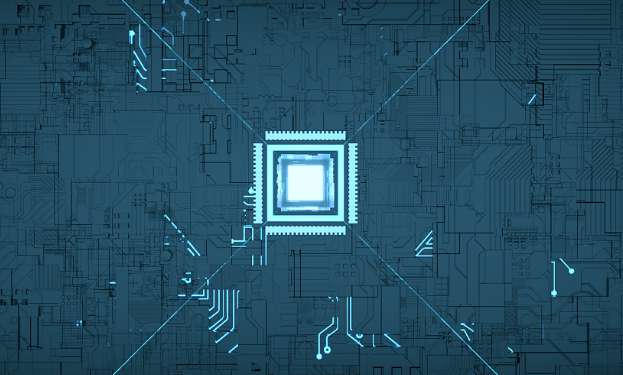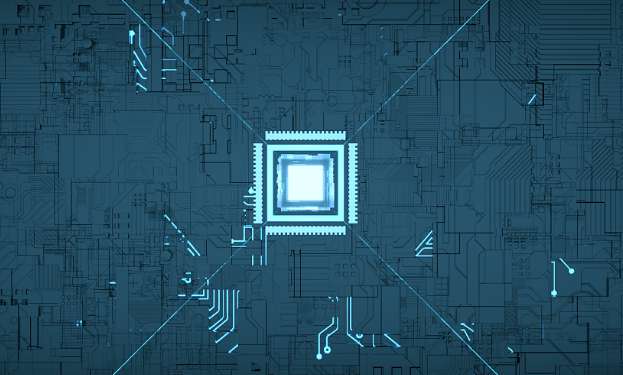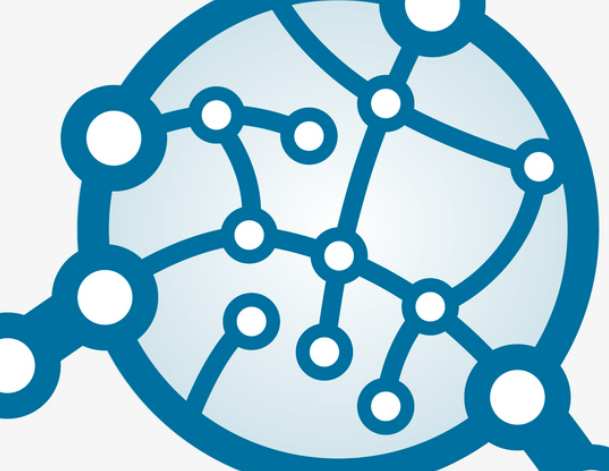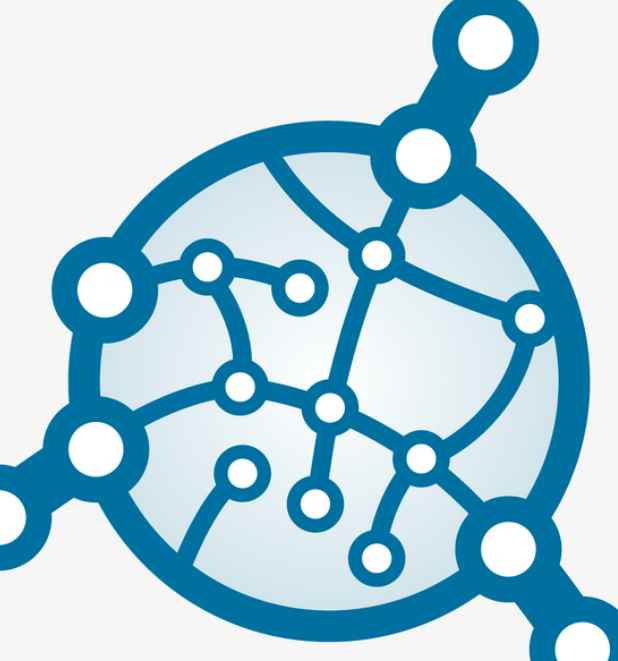
The process requirement is a very important factor in PCB production, which directly determines the quality and positioning of a board. Such as spray tin, gold plating, sinking gold. Relatively speaking, gold is facing high-end boards. Gold due to good quality, relative to the cost is relatively high. So many customers choose the most commonly used tin spray process. Spray tin is divided into lead spray tin (i.e. hot air flat) and lead-free spray tin. Here are their strengths and weaknesses.
1, from the surface of tin, lead tin is bright, lead-free tin is dull.
2. Lead with lead is harmful to human health, but without lead it is not. The eutectic temperature with lead is lower than that without lead. How much depends on the composition of lead-free alloy ah, like SNAGCU eutectic 217 degrees, welding temperature is eutectic temperature plus 30 to 50 degrees. It depends on the actual adjustment. Lead eutectic is 183 degrees. Mechanical strength and brightness are better with lead than without lead.
3. Lead tin is brighter, lead-free tin is darker, and the infiltration of lead-free tin is worse than that of lead.
4, lead content of lead-free tin is not more than 0.5, with lead up to 37.
5, lead will improve the activity of tin line in the welding process, lead tin line is relatively better than lead-free tin line, but lead toxic, long-term use is not good for the human body, and lead-free tin will be higher than lead tin melting point, so that the welding point is firm. The European Union and other countries are now requiring ROHS and other environmental requirements, lead-free spray tin market is larger and longer. Junhong is willing to work with you to promote the development of lead-free tin spray.
The pollutant treatment in PCB production process was discussed
PCB in the production process, will produce harmful substances to the environment. In addition to production capacity, the ability to handle hazardous materials is also an important measure of a modern factory. To carry out "green production" is the inevitable way of modern industry. So, PCB production in the process of harmful substances, how to deal with it?
PCB waste water is divided into cleaning waste water, ink waste water, complexing waste water, concentrated acid waste water, concentrated alkali waste water. There are many kinds of pollutants in wastewater, and the components are complex. It is the key to ensure the standard of wastewater treatment to carry out reasonable quality treatment for the targeted wastewater. PCB wastewater treatment, mainly divided into chemical method and physical method, chemical method is the waste water pollution substances into easily separated physical state (solid or gaseous), including chemical precipitation method, REDOX method, ion exchange method, electrolysis method, physical method is the waste water pollutants enrichment or easily separated physical state separated from the waste water, so that the waste water discharge standards, The main decantation, electrodialysis, reverse osmosis and so on.

1. REDOX method
REDOX method is the use of oxidant or reducing agent to transform harmful substances into harmless substances, precipitation, precipitation, circuit board containing cyanide wastewater and chromium wastewater often used REDOX method.
2. Chemical precipitation method
Chemical precipitation method is the selection of one or several chemical agents, so that harmful substances into easily separated precipitate or precipitate. There are a variety of chemicals used for circuit board wastewater treatment, such as NaOH, CaO, Ca(OH)2, Na2S, etc., precipitator can convert heavy metal ions into precipitates, and then through the inclined plate sedimentation tank, sand filter, filter press, so that solid-liquid separation.
3. Ion exchange method
It is difficult to treat high concentration wastewater by chemical precipitation, which is often combined with ion exchange. First, chemical precipitation method is used to reduce the content of heavy metal ions to about 5mg/L, and then ion exchange method is used to reduce the heavy metal ions to the emission standard.
4. Electrolysis
Electrolysis for treating high-concentration circuit board wastewater can reduce the content of heavy metal ions. However, electrolysis is only effective for the treatment of high-concentration heavy metal ions, and consumes a lot of power, so it can only treat a single metal.
5. Gaseous condensation-electric filtration method
This novel approach has three parts. The first part is the ionization gas generator. Air is sucked into the generator, which can make the ionization magnetic field change its chemical structure and become highly activated magnetic oxygen ions and nitrogen ions. The gas is introduced into the waste water with the jet device, so that the harmful substances such as metal ions and organic matter in the waste water are oxidized and gathered together, which is easy to filter and remove. The second part is the electrolyte filter, which removes the clumps produced in the first part. The third part is the high-speed ultraviolet irradiation device, ultraviolet radiation into the water can oxidize organic matter and chemical complexing agent, reduce CODcr and BOD5.







